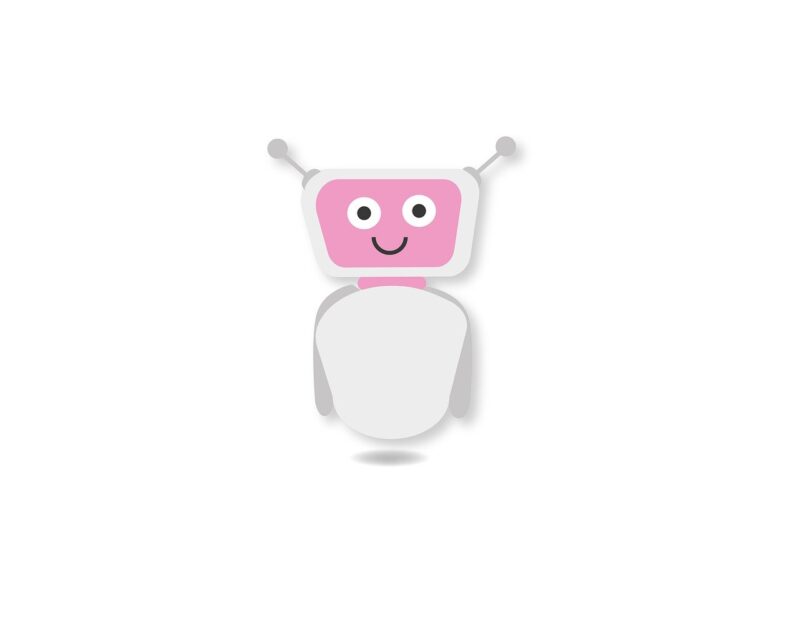
Chatbots have become a familiar presence in digital marketing, customer service, and even social interaction over the past few decades. Once hailed as the future of communication, chatbots fell into disfavor as their limitations became evident. Yet, remarkably, they have made a comeback. Let’s explore this intriguing phenomenon.
1. The Evolution of Chatbots
Chatbots have evolved significantly since their inception. The journey began in the 1960s with ELIZA, an early natural language processing computer program that simulated conversation. Although rudimentary, ELIZA laid the groundwork for future chatbot technologies.
In the 1990s, advancements in artificial intelligence brought about more sophisticated chatbots. By the early 2010s, chatbots became increasingly prevalent in customer service, helping businesses streamline communication and offer instant responses. However, many users experienced frustration due to chatbots’ limited understanding and often scripted responses.
2. Why Did Chatbots Fall out of Favor?
Despite initial optimism, chatbots soon encountered several hurdles:
- Limited Understanding: Many chatbots struggled to understand nuanced language or context, leading to disjointed conversations and user frustration.
- Predictable Responses: The tendency of chatbots to provide canned or irrelevant answers made interactions feel robotic, further alienating users.
- Lack of Personality: The absence of a conversational tone made chatbots feel impersonal. Users often craved a more human-like interaction, which chatbots could not regularly deliver.
As a result, many companies turned away from chatbots, seeking alternative solutions or opting for human representatives instead.
3. The Resurgence of Chatbots: Factors Driving the Comeback
Fast forward to the late 2010s and early 2020s: chatbots are experiencing renewed interest and usage. Several factors contribute to this unexpected revival:
- Advanced AI Technologies: Modern chatbots leverage machine learning and natural language processing (NLP), allowing them to understand context and improve their responses over time. Today’s chatbots can interpret user intents, learn from interactions, and provide sophisticated answers that are more aligned with customer needs.
- Increased User Expectations: Customers expect immediate responses and 24/7 availability. Chatbots can fulfill this demand, helping businesses maintain competitive edges in customer service through instant communication.
- Cost-Effectiveness: Implementing chatbot solutions is often more affordable than maintaining a full-time customer service team. For many businesses, deploying chatbots to handle routine inquiries allows human agents to focus on complex issues, streamlining operations and reducing costs.
- Integration with Messaging Apps: The rise of messaging apps like WhatsApp, Facebook Messenger, and Slack provides unique platforms for chatbot integration. They enhance accessibility, allowing users to interact with businesses more conveniently.
4. Chatbots in Different Industries: A Closer Look
Chatbots are not one-size-fits-all; they cater to diverse industries:
Customer Service:
Chatbots can effectively handle common inquiries, troubleshoot issues, and guide users through processes. Rather than completely replacing human agents, they allow businesses to enhance efficiency and customer satisfaction.
E-commerce:
In the world of e-commerce, chatbots offer personalized shopping experiences. They can recommend products, assist with purchases, and follow up post-sale to ensure customer satisfaction, thereby fostering brand loyalty.
Healthcare:
Healthcare chatbots assist with appointment scheduling, remind patients to take medication, and answer questions about symptoms. They represent a growing trend towards personalized and accessible healthcare services.
Education:
Educational institutions are increasingly using chatbots to support students, offering guidance on course selection, answering academic inquiries, and providing study resources.
5. The Future of Chatbots: Expectations and Innovations
The future of chatbots appears bright, fueled by ongoing advancements in technology. Here are a few innovations on the horizon:
- Voice-Activated Chatbots: As voice recognition continues to improve, we can expect chatbots to integrate voice capabilities, making interactions even more natural for users.
- Emotion Recognition: Future chatbots may analyze sentiment and tone to respond more empathetically, enhancing user experience and satisfaction.
- Conversational Commerce: The trend of engaging in ecommerce directly within chat platforms is expected to grow, allowing users to make purchases directly through their conversations with chatbots.
Ultimately, as chatbots continue to evolve, they are likely to transform how we communicate, interact, and conduct business in unimaginable ways.
Conclusion
While chatbots may have experienced ups and downs throughout their history, they are once again entering the spotlight due to their adaptability and advanced capabilities. Their ability to enhance customer service, drive sales, and streamline communication makes them an essential tool in the digital marketing landscape. As technology continues to advance, we can only anticipate an even more expansive role for chatbots in our daily lives.






